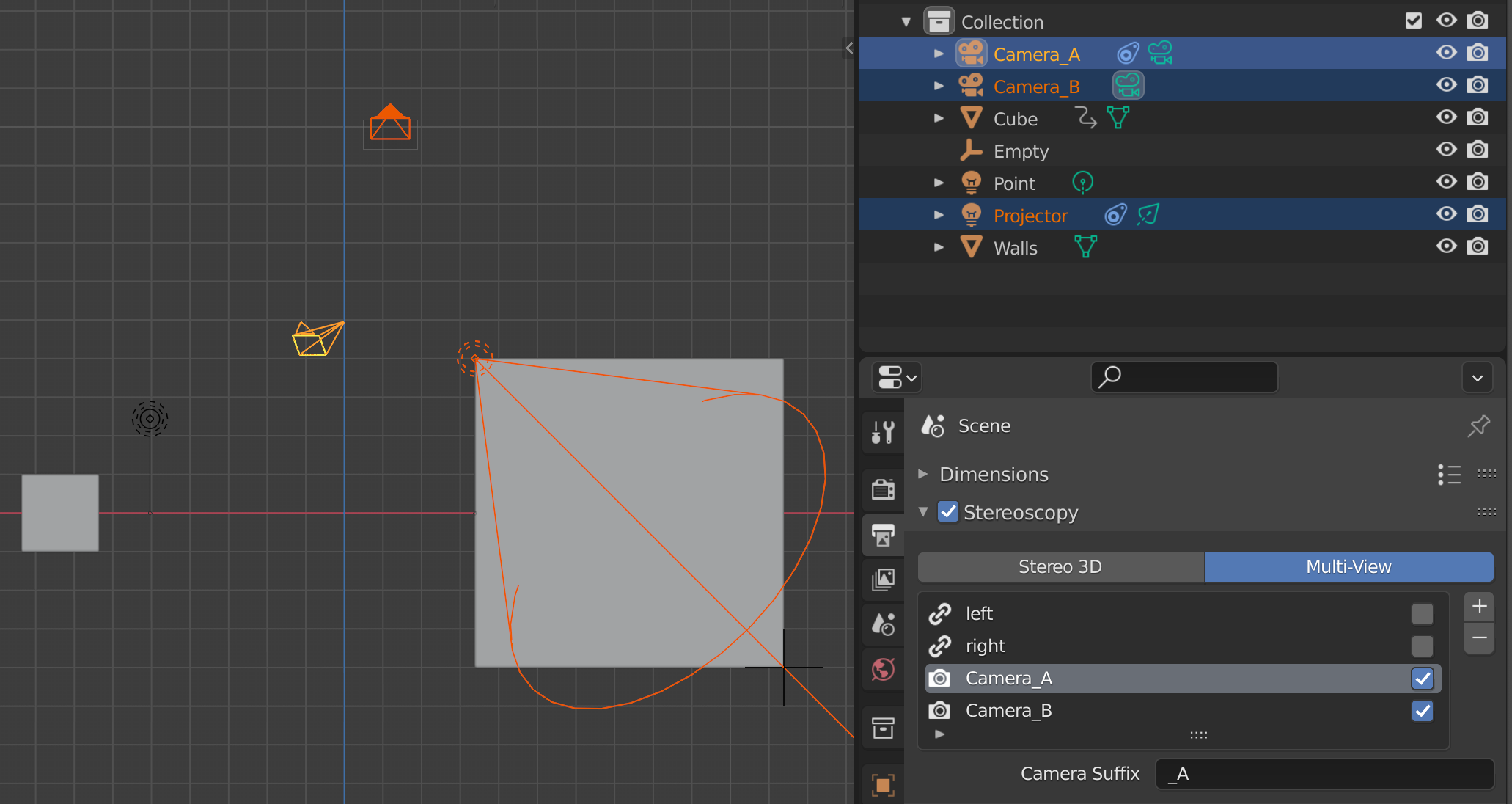Here is a solution that works for the current version of Blender. I created two different scenes, the first one I called Scene.TV, the second is called Scene.Monkey. In Scene.TV, the passes for UV and Material Index are enabled.
Scene.TV contains a model of a TV and a camera looking at it.. The TV display is UV unwrapped to fill the complete UV map and has its own material with a Material Index of 1 (the number isn't important, it should only be exclusively used for the display).
Scene.Monkey contains a model of rotating Suzanne and a camera looking at it.
In Scene.TV I've setup the Compositor with two Render Layers nodes, one for Scene.TV and the other for Scene.Monkey so that when you hit F12 Blender renders both scenes.
To bring the monkey on the TV, I combine both scenes with an Alpha Over node. I plug the TV scene in the first input.
The monkey scene gets plugged into the Image input of a Map UV node, the UV pass of the TV scene goes into the UV input.
This maps the monkey render on all UVs of the TV render. I plug it into the second input of the Alpha Over node. To restrict it to the display, the IndexMA output of the TV scene is used as mix factor. Note: The ID Mask is needed to get the correct material index of the TV display. If all other materials have an index of 0 and the display is 1, the mask isn't necessary.
Here is my Compositor setup:

Theoretically you can have one scene with different view layers showing different collections when rendered, which people use to composite certain elements together instead of rendering them all in one layer. But as far as I know you cannot have different cameras in one scene, so I guess you have to stick with the two scene solution explained above.
EDIT: I just saw that although you asked for a current version setup because the other answer that jachym linked to was for layers... but actually there are used different scenes, just like I do. So it's basically the same solution. Maybe my node setup helps explaining a bit instead of having to download a file from an external link.





